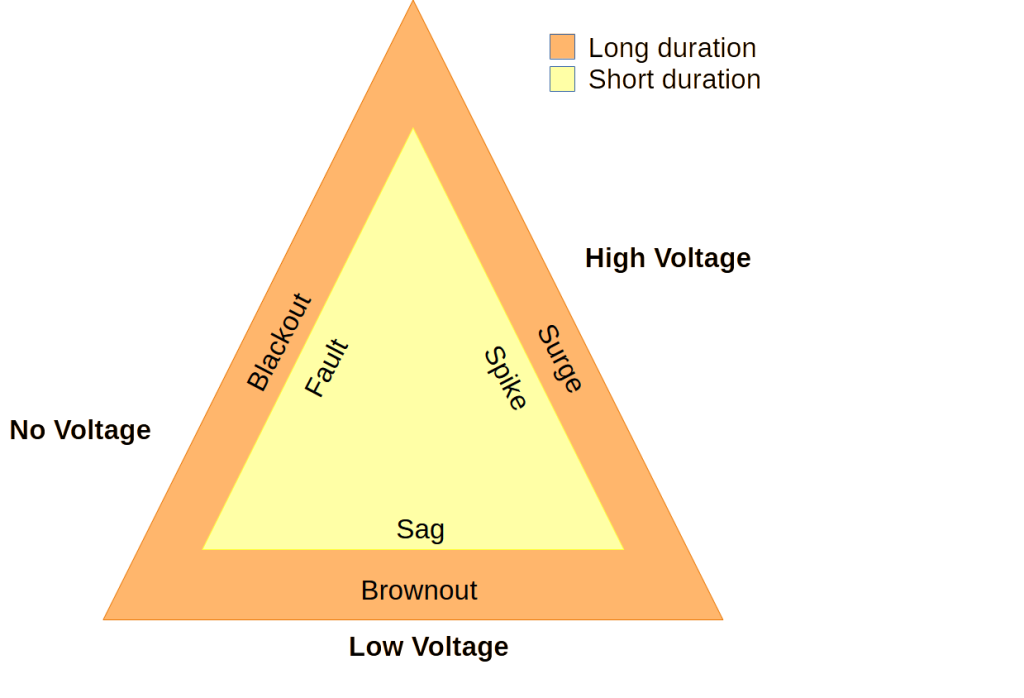Here is a quick overview of the differences between, RTO, RPO, MTBF, and MTFF.
| Name | Meaning |
| RTO (Recovery Time Objective) | Time it takes to recover from a disruption, system failure, data loss etc. |
| RPO (Recovery Point Objective) | How much data can you afford to loose? If RPO is 24 hours, then backups need to be performed daily. |
| MTBF (Mean Time Between Failures) | Time between failures. Use for repairable systems |
| MTTF (Mean Time to Failure) | Time before system fails. Use for nor repairable systems. |
http://techtarget.com/whatis/definition/recovery-point-objective-RPO

